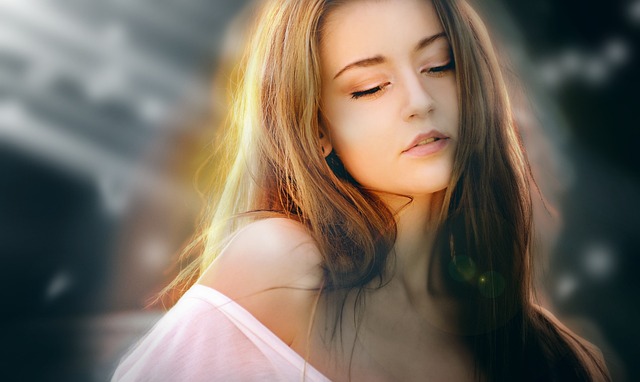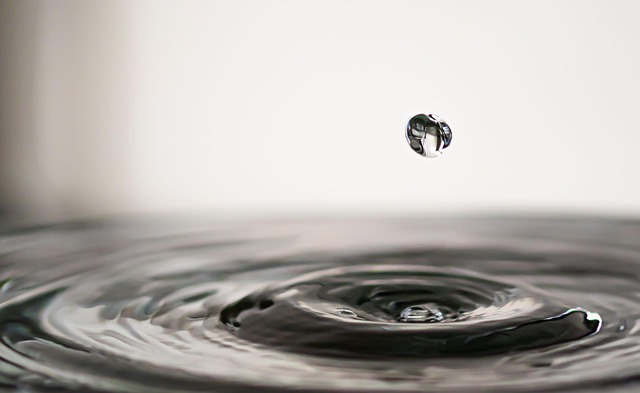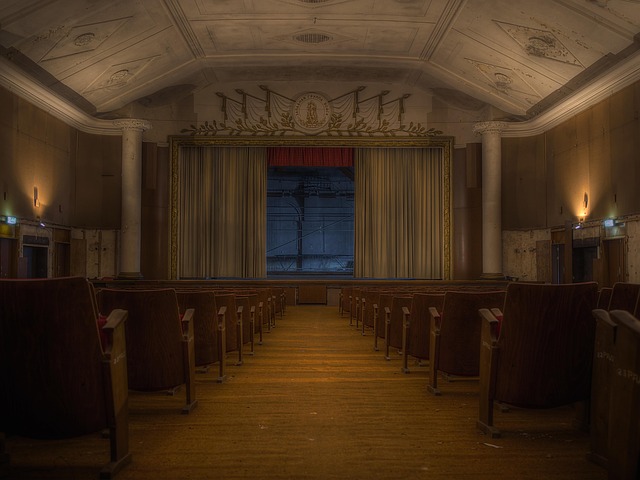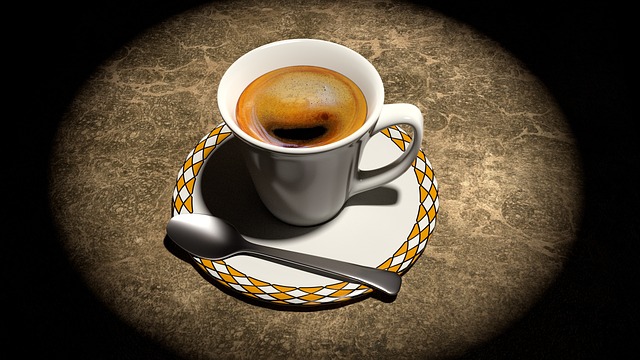
Exploring the Artistic Retouch: A Fusion of Fine Arts and Culture in Photography
In the world of photography, artistic retouch stands as a beacon of creativity, bridging the gap between fine arts and cultural expressions. It is not merely about editing an image; it’s about enhancing a narrative that speaks to both the artist and the viewer. Each photograph becomes a canvas, where imagination meets reality, inviting onlookers to explore deeper layers of meaning.
The concept of artistic retouching transcends traditional post-processing techniques. It infuses a photographer’s personal style with elements of fine arts, drawing inspiration from classical painting, contemporary art movements, and cultural motifs. By employing various techniques—from color correction and retouching skin textures to applying artistic filters and overlays—photographers recreate the ambiance of a painting, allowing viewers to experience a fusion of art forms.
Cultural influences play an essential role in this process. Photography is often a reflection of the environment in which it is created. Different regions inspire diverse visual languages, rich in their heritage and symbolism. By incorporating these cultural nuances into artistic retouch, photographers tell stories that honor their roots while offering a fresh perspective on familiar themes. This blend creates a dynamic relationship between the photograph and its audience, enabling them to connect on multiple levels.
Artists who embrace the concept of artistic retouch often view their work through the lens of fine arts. They analyze color palettes, composition, and even the emotional tone of their photographs as an artist would when preparing a canvas. This methodology transforms simple portraits or landscapes into profound visual experiences. When seeing the subject through this refined lens, viewers don’t just look; they feel. They are drawn into the story, the emotions, and the cultural tapestry that each photograph weaves together.
One cannot overlook the transformative power of artistic retouch in modern photography. As technology evolves, so too does the ability to manipulate images, creating stunning visual dialogues that challenge perceptions. By combining traditional artistic practices with innovative digital techniques, photographers become modern-day artisans, capable of recreating the essence of fine arts through their lenses.
Ultimately, artistic retouch is not only about enhancing visual elements; it’s about celebrating the interplay between fine arts and culture. It invites viewers to delve deeper into the essence of each image, igniting an appreciation for both the art of photography and the myriad cultural influences that enrich it. In every photograph meticulously retouched lies a testament to creativity—one that reminds us of the inherent beauty found both within and outside the frame.



